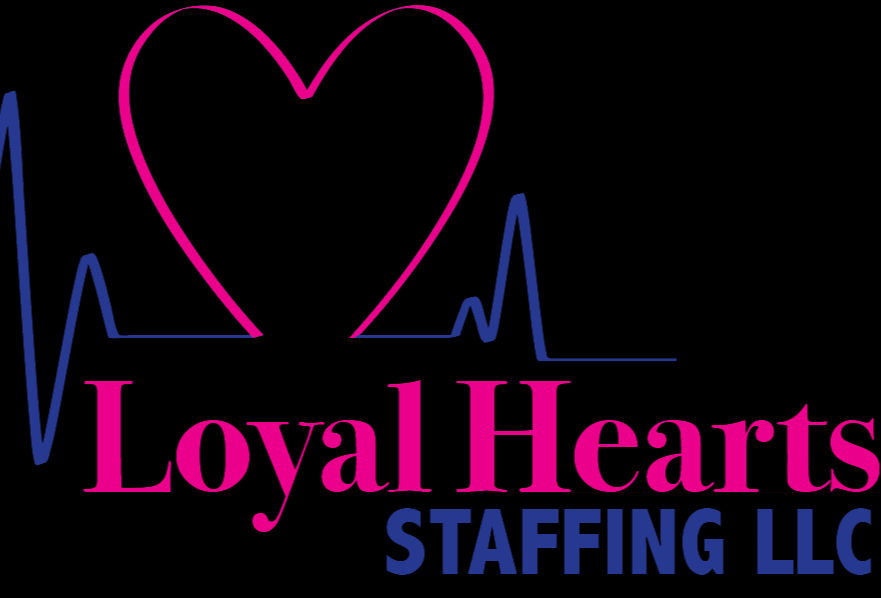Obtaining a venous blood sample for blood cultures
- April Swanson

- Dec 1, 2022
- 3 min read
Removal of a venous blood sample(s) from an uncannulated vein.
Objective:
To obtain sufficient blood for blood cultures to determine the microorganism responsible for the infectious process.
Equipment:
– Trough. – Compressor. – Sharps container.
Material:
– Sterile gauze. – Sterile gloves. – Antiseptic solution. – Necessary tubes according to the request for analysis. – Identification labels. – Syringe method: 1 syringe of 5-10-20 ml and 1 intravenous needle. – Aerobic and anaerobic blood culture bottles. – Blood culture request form. – Nursing records.
Procedure:
– Perform hand washing with antiseptic (alcohol solution hand disinfection). – Label the bottles with the patient’s data or place an identification label. – Disinfect the rubber stoppers with iodized alcohol or iodophor. Allow to dry for one minute. – Prepare the material. – Preserve the patient’s privacy. – Verify the correct identification of the patient. – Inform the patient of the procedure. – Ask the patient to cooperate and to remain still during the venipuncture. – Place the patient in a suitable position, supine decubitus and with the arm in hyperextension. – Select the vein for venipuncture taking into account the amount of blood needed, patient comfort, age and the condition of the veins. – Disinfect the area, about 10 cm in diameter, with antiseptic with circular movements, starting at the point of venipuncture and moving outwards. – Allow to dry. – Place the compressor about 10-15 c.c. above the venipuncture site. – Put on sterile gloves. – Place the intravenous needle in the syringe. – Clamp the vein with the thumb. – Insert the needle 20-30º in the direction of venous blood return. – Observe for venous return at the needle. – With the non-dominant hand stabilize the syringe and needle and pull the plunger with the dominant hand to draw the necessary blood about 15-20 ml in adults. – Aspirate gently to avoid hemolysis and collapse of the veins. – Remove the compressor and needle.
– Introduce 10 c.c. of blood in the anaerobic bottle and the other 10 c.c. in the aerobic bottle. – Press on the puncture site until the bleeding stops. – Perform 2-3 extractions of 20 c.c. more, according to medical prescription. The interval between extractions should be more than 1 hour when possible but when there is urgency to start treatment can be shortened to 15 minutes or according to the protocol of the center. – Discard needle and sharps in the appropriate container, according to waste segregation criteria. – Place the patient in a comfortable position. – Collect the material. – Remove gloves. – Wash hands. – Send the samples to the laboratory with the laboratory form. If the shipment is going to be delayed, keep the bottles at room temperature, never in the refrigerator. – Record in the nursing documentation: procedure, reason, date and time, patient’s temperature at the time of extraction of the first blood culture, incidences and patient’s response.
Observations:
– Aseptic technique. – Draw blood culture samples before starting antibiotic treatment, if possible. – Do not draw blood for blood cultures from peripheral catheters, the first collection is only valid if it is done at the time of insertion of the catheter. – If the patient is on antibiotic treatment and afebrile for 4-5 days, and the fever peaks again, it is recommended that blood cultures be repeated. – The volume of blood to be drawn in neonates and children up to 1 year of age: 0.5-1.5 ml /flask although it is preferable at least 1ml and in children older than 1 year between 1-5ml.








Comments